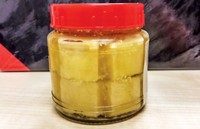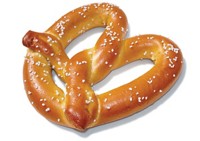Advertisement
Grab your lab coat. Let's get started
Welcome!
Welcome!
Create an account below to get 6 C&EN articles per month, receive newsletters and more - all free.
It seems this is your first time logging in online. Please enter the following information to continue.
As an ACS member you automatically get access to this site. All we need is few more details to create your reading experience.
Not you? Sign in with a different account.
Not you? Sign in with a different account.
ERROR 1
ERROR 1
ERROR 2
ERROR 2
ERROR 2
ERROR 2
ERROR 2
Password and Confirm password must match.
If you have an ACS member number, please enter it here so we can link this account to your membership. (optional)
ERROR 2
ACS values your privacy. By submitting your information, you are gaining access to C&EN and subscribing to our weekly newsletter. We use the information you provide to make your reading experience better, and we will never sell your data to third party members.
Environment
What's In A Whiff Of Whiskey?
July 28, 2008
| A version of this story appeared in
Volume 86, Issue 30
Aficionados of American Bourbon whiskey may be interested in the results of a new study that identifies the beverage's most odor-active compounds. Researchers have been studying the volatile components of whiskey for more than 40 years, but not all such compounds can be detected by the human olfactory system, note Luigi Poisson and Peter Schieberle of the German Research Center for Food Chemistry, in Garching. To zero in on the key aroma compounds, Poisson and Schieberle used gas chromatography and aroma extract dilution analysis (J. Agric. Food Chem. 2008, 56, 5813). The pair identified more than 40 aroma compounds that contribute to whiskey's fruity, smoky, and vanillalike odor profile, including 13 compounds that hadn't been detected previously. The most active aroma compounds are (E)-β-damascenone, which smells like cooked apple, and γ-nonalactone, which resembles coconut. The researchers suggest that such studies could help whiskey producers modify or improve the aroma of whiskey by changing the recipe or the manufacturing process.







Join the conversation
Contact the reporter
Submit a Letter to the Editor for publication
Engage with us on Twitter